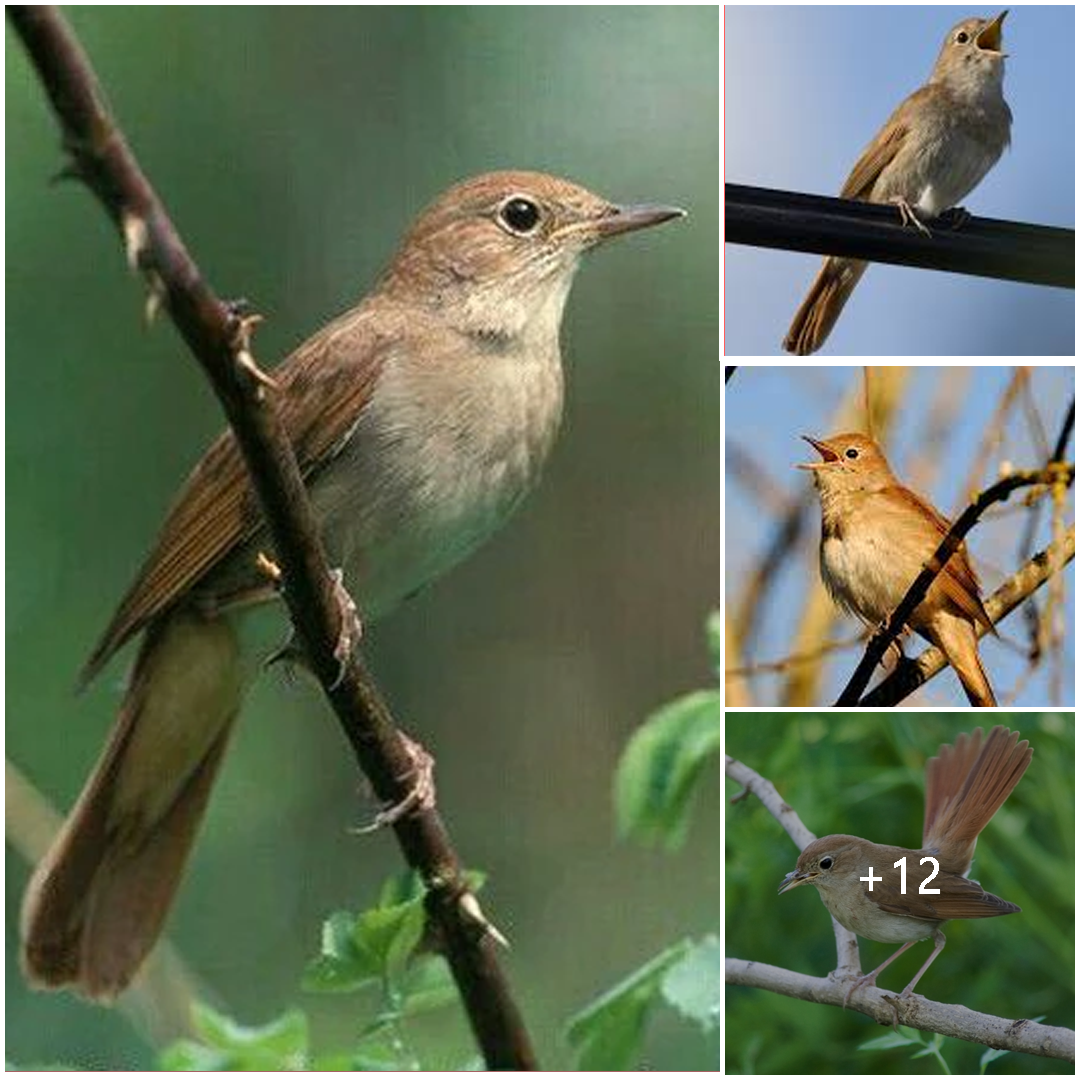
The Nightingale: Nature’s Melodious Virtuoso
In the tranquil embrace of moonlit nights, amidst the verdant foliage of woodlands and gardens, a magical symphony unfolds. It is the enchanting song of the nightingale, a creature revered for centuries for its melodious virtuosity. Let us delve into the world of this beloved avian artist.
Introduction to the Nightingale: The nightingale (Luscinia megarhynchos) is a small passerine bird known for its powerful and melodious song. Found across Europe, Asia, and Africa, this elusive songbird holds a special place in the hearts of many cultures and has been celebrated in myth, literature, and music.
Physical Characteristics: Measuring around 15 centimeters in length, the nightingale is modest in size but grand in voice. Its plumage is a subtle combination of brown, gray, and olive, providing excellent camouflage amidst the dense foliage where it resides. The male’s song is particularly renowned for its complexity and beauty, often surpassing that of its avian counterparts.
Habitat and Behavior: Nightingales prefer habitats with dense vegetation, including woodlands, parks, and gardens. They are known for their secretive nature, often hiding amidst foliage during the day and becoming more active at dusk. Males sing to attract mates and establish territory, with each bird possessing a unique repertoire of melodies.
Cultural Significance: Throughout history, the nightingale has captivated the human imagination, inspiring poets, musicians, and artists. In Greek mythology, the nightingale’s song symbolized love and longing. In literature, from Shakespeare to Keats, its song has been immortalized in verse. In music, composers like Handel, Brahms, and Stravinsky have paid homage to its enchanting melodies.
Conservation Status: Despite its cultural significance, the nightingale faces numerous threats in the modern world. Habitat loss, pesticide use, and climate change have all contributed to declining populations in many regions. Conservation efforts, including habitat preservation and restoration, are crucial for ensuring the survival of this beloved songbird for future generations.
Conclusion: In a world often filled with chaos and noise, the song of the nightingale serves as a reminder of nature’s enduring beauty and resilience. As we listen to its haunting melodies echoing through the night, let us cherish and protect this emblematic bird, ensuring that its ethereal song continues to grace our woodlands and gardens for generations to come.





